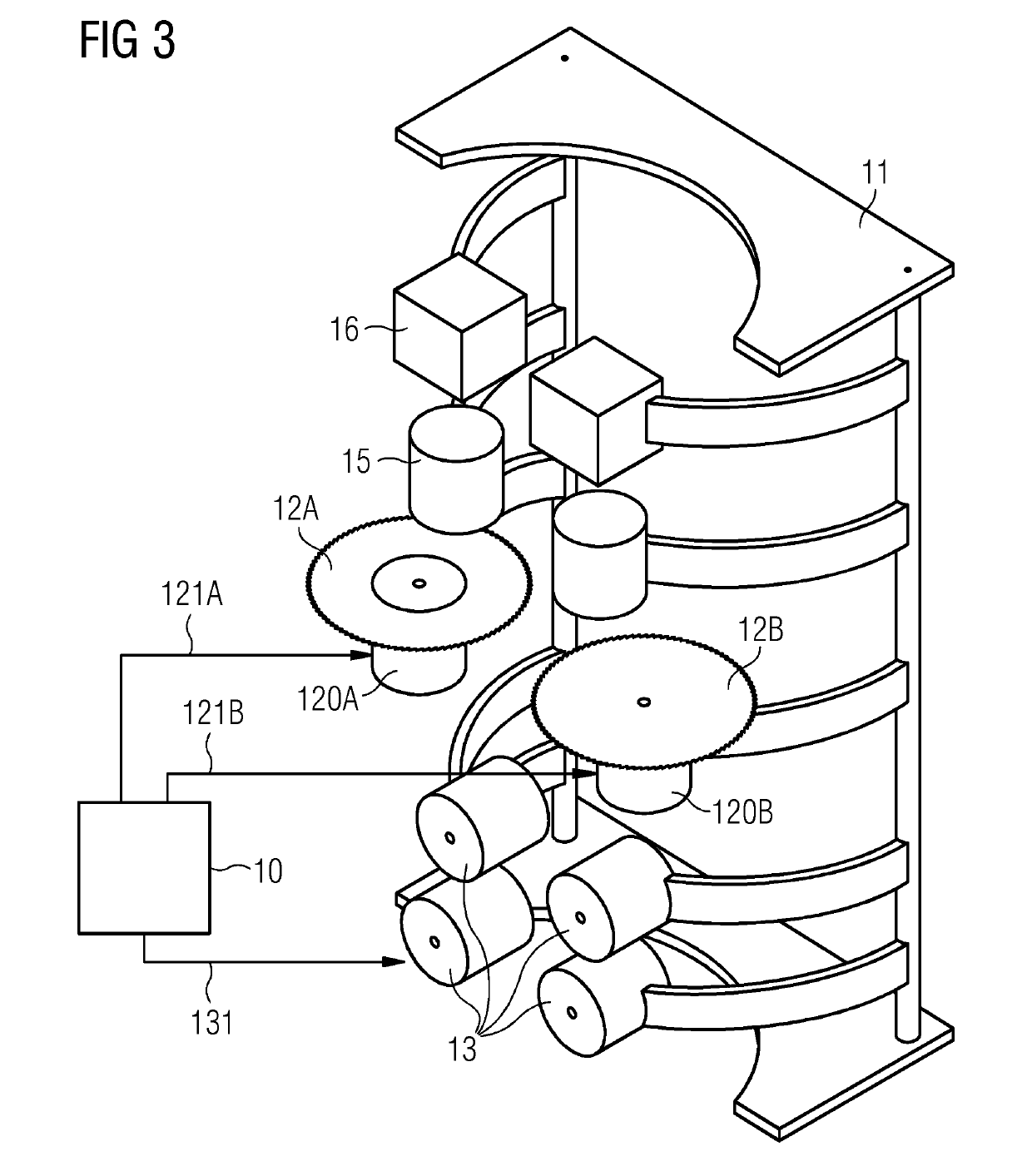Cable armour stripping unit
a technology of armour and cable, which is applied in the direction of cables, insulated conductors, conductors, etc., can solve the problems of increasing the risk of cutting too deeply, difficult to operate cutting tools with the necessary degree of precision, and damage to the inner layer, etc., to improve the cutting precision
- Summary
- Abstract
- Description
- Claims
- Application Information
AI Technical Summary
Benefits of technology
Problems solved by technology
Method used
Image
Examples
Embodiment Construction
[0035]In the diagrams, like numbers refer to like objects throughout. Objects in the diagrams are not necessarily drawn to scale.
[0036]FIG. 1 shows a transmission cable 2 of the type used to transport electrical power from an offshore wind power facility. The transmission cable 2 comprises a number of conductors 22 arranged in a bundle contained within an inner jacket 21. This in turn is enclosed by a number of protective outer layers 20A, 20B. In this exemplary embodiment, the outermost armouring layer 20A comprises steel wires embedded in a nylon or bitumen mantle; and an inner armouring layer 20B comprises an arrangement of slanted metal wires. The wires in an armouring layer are generally arranged at a pitch angle θ to ensure that the transmission cable cannot be twisted. Here, the pitch angle θB of the inner armouring layer 20B is positive, while the pitch angle θA of the outer armouring layer 20A is negative. Having multiple armouring layers with opposing pitch angle direction...
PUM
 Login to View More
Login to View More Abstract
Description
Claims
Application Information
 Login to View More
Login to View More - R&D
- Intellectual Property
- Life Sciences
- Materials
- Tech Scout
- Unparalleled Data Quality
- Higher Quality Content
- 60% Fewer Hallucinations
Browse by: Latest US Patents, China's latest patents, Technical Efficacy Thesaurus, Application Domain, Technology Topic, Popular Technical Reports.
© 2025 PatSnap. All rights reserved.Legal|Privacy policy|Modern Slavery Act Transparency Statement|Sitemap|About US| Contact US: help@patsnap.com



